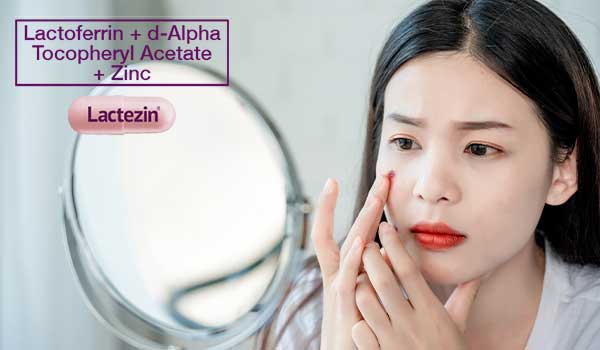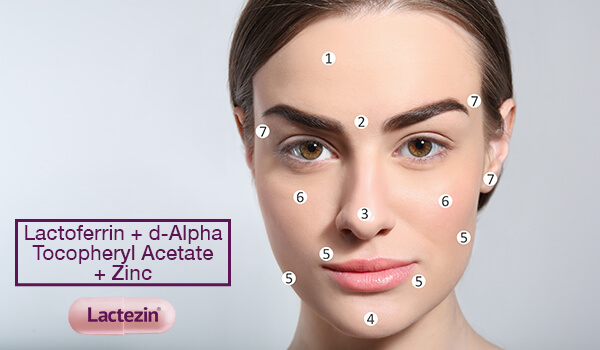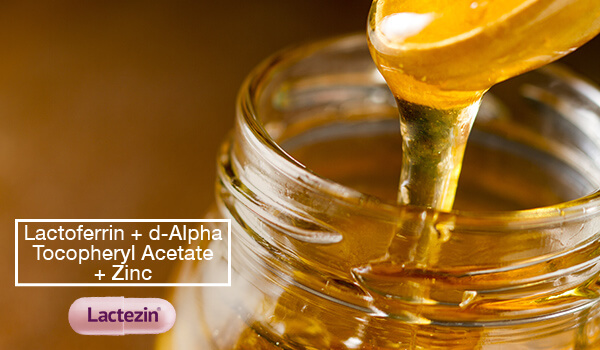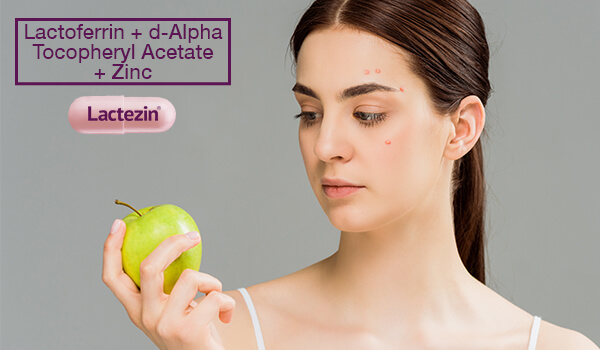The Common Types of Acne & How to Get Rid of Them

When is a pimple not a pimple? As if figuring out how to get rid of acne isn’t challenging, you also have to consider that your acne might be something else. It may be a little tricky at first but it really helps to know what you’re dealing with so you can treat it accordingly.
Back to basics: acne, whiteheads, and blackheads
Acne occurs when your pores are clogged with oil and dead skin cells. Ideally, these dead skin cells are supposed to rise to the surface of the pores, then flake off. When you produce too much oil, these dead skin cells can clump together. These globs of oil and skin form into a plug that blocks your pores. As bacteria grows inside the pore, they cause the inflammation and redness that’s typical in pimples.
You may also be familiar with two other types of breakouts: whiteheads and blackheads. Whiteheads are a type of acne that occurs when a pore is blocked or clogged with sebum (oil), dead skin cells and debris. These appear as round and white and can sometimes be unnoticeably small or large.
Blackheads are lesions that stay open at the surface of the skin. They form when a hair follicle or pore gets partially clogged, allowing some of the trapped oil to slowly come to the surface. They are full of excess oil and dead skin cells that turn “black” due to oxidation which is the occurrence of oxygen in the air reacting to melanin or the skin pigment.
Other common types of acne
The type of acne mentioned above are classified as comedonal acne, as they occur when oil, dirt, and other pollutants get trapped in the hair follicles causing them to be infected. Aside from comedonal acne, acne can further be classified into two subtypes:
- Inflammatory acne, which can flare up when skin lesions become infected and fill with pus. This leaves the skin tender to the touch.
- Cystic acne is like inflammatory acne but more severe. These are deeply embedded spots that are often painful to the touch. Cystic acne can take a while to disappear completely.
Here, we identify other types of breakouts you may be dealing with and some tips on how to treat them:
Papules
Acne papules appear as small red bumps that are less than 5 millimeters in diameter. Papules happen when excess oil and dead skin cells clog a pore, resulting in a comedone. When the comedone ruptures into the skin, your body responds to the infection with inflammation. This type of acne is more painful than whiteheads and blackheads, but not as severe as nodules or cysts.
How to get rid of acne papules: These often respond well to spot treatments or drying lotions.
Pustules
This type is what we often picture when we think of pimples. These are classic pimples, and they occur when a papule becomes infected. Most often, papules become pustules over the course of a few days. Aside from the face, pustules can form anywhere on your body, particularly on the chest and back.
How to treat pustules: Regulating sebum production is key to preventing pustules. While it sounds counter-productive, reducing sebum can be done by moisturizing with a light, hydrating moisturizer.
Nodules
Nodules are similar to papules, but this type starts deeper in the skin. These look like small bumps under your skin. These nodules might be skin-colored or red, but they don’t have a visible “head” like a pustule. They feel hard and are painful to the touch.
How to treat nodules: Applying a cold compress for 10 minutes on the affected areas can help relieve some of the pain. An important tip: do not try to pop or squeeze nodules, as this can increase inflammation and scarring. Because this type of acne is deeper into the skin, they may not respond well to topical products. It is recommended to visit your dermatologist, who may prescribe oral acne medication.
Cysts
Cysts are a form of severe acne that look like large, red boils. Compared to nodules, cysts are also painful, but a little different because they’re filled with pus, which means that they feel softer. Often caused by hormones, this type of acne is the most likely to leave a scar, especially when it is picked on.
How to treat cystic acne: Like nodules, this also requires the help of a dermatologist, who may suggest topical treatments like a retinoid, oral antibiotics, or a combination of treatments. While getting treatment, avoid picking at your pimples and use ample sun protection, as the sun’s UV rays can worsen cystic acne.
How to get rid of acne with Lactezin
Aside from a good acne-focused skincare routine and a healthy lifestyle, taking oral medication with anti-pimple minerals and ingredients may also help clear out acne. With continued use, lactoferrin, vitamin E and zinc in Lactezin help lessen pimples in as early as 2 weeks!
If symptoms persist, consult your doctor.
ASC Ref No. U079P031521LS, U271P061422LS
SOURCES:
https://www.aad.org/public/diseases/acne/DIY/types-breakouts
https://www.healthline.com/health/beauty-skin-care/types-of-acne#next-steps
https://www.niams.nih.gov/health_info/acne/acne_ff.asp
http://www.mayoclinic.org/diseases-conditions/acne/basics/symptoms/con-20020580 – reviewed by Lawrence E. Gibson, M.D.


